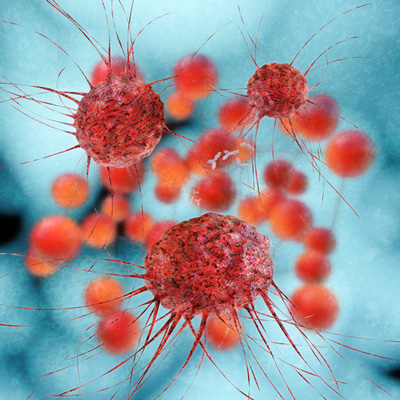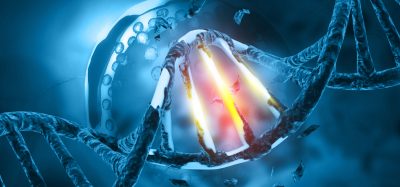Proteogenomics provides new inroads to ovarian cancer treatments
Posted: 29 June 2016 | Victoria White, Digital Content Producer | No comments yet
Scientists have examined the proteomes of 169 ovarian cancer patients to identify critical proteins expressed by their tumours…


Scientists at The Johns Hopkins University and the Pacific Northwest National Laboratory have examined the proteomes of 169 ovarian cancer patients to identify critical proteins expressed by their tumours.
By integrating their findings with the tumours’ genetic data, the investigators report the potential for new insights into the progress of the most malignant form of the disease.
“Correlating our data with clinical outcomes is the first step toward the eventual ability to predict outcomes that reflect patient survival, with potential applications for precision medicine and new targets for pharmaceutical interventions,” says Daniel W. Chan, Ph.D., a professor of pathology and oncology who led the team at the Johns Hopkins University School of Medicine. “But just like anything in medicine, clinical validation will be a long and rigorous process.”
The researchers say their achievement illustrates the power of combining genomic and proteomic data to potentially yield a more complete picture of the biology of a cancer that accounts for 3% of all cancers in women and is the fifth leading cause of cancer deaths among women in the United States.
“With this knowledge, researchers expect to be better able to identify the biological factors defining the 70% of ovarian cancer patients who suffer from the most malignant form of ovarian cancer, called high-grade serous carcinoma,” says Chan.
Explaining ovarian cancer biology
In their effort to better explain ovarian cancer biology, each team studied subsets of 169 high-grade serous carcinoma tissue samples and accompanying genomic and clinical data drawn from The Cancer Genome Atlas (TCGA), a collaborative effort to map cancer’s genetic mutations.
The Johns Hopkins team initially selected 122 of the samples based on those tumours’ ability to repair damaged DNA — known as homologous recombination deficiency — and characterised by changes in genes, including BRCA1, BRCA2 and PTEN, mutations long linked to increased cancer risk and severity.
The Pacific Northwest team initially selected 84 samples based on overall patient survival times. “We examined the data for the shortest-surviving patients and the longest-surviving patients, hoping to pinpoint biological factors associated with extremely short survival or better-than-average, longer survival,” says Karin Rodland, Ph.D., chief scientist for biomedical research at the Pacific Northwest National Laboratory.
Then, through their participation in the Clinical Proteomic Tumour Analysis Consortium (CPTAC), the two teams combined their efforts.
Studying proteins common to all samples
Using protein measurement and identification techniques, such as mass spectrometry, the teams identified 9,600 proteins in all the tumours and pursued study on 3,586 proteins common to all 169 tumour samples.
A hallmark of cancer, and particularly high-grade serous carcinoma, is the appearance of more copies of certain regions of the genome. These so-called copy number alterations can lead to changes in protein abundance. When the researchers compared known regions of copy number alterations, they found that parts of chromosomes 2, 7, 20 and 22 led to changes in abundance of more than 200 proteins. A more careful study of those 200 proteins revealed that many are involved in cell movement and immune system function, both processes implicated in cancer progression, the researchers say.
“By comparing data for overlapping patient samples and finding comparable measurements of protein analysis at both institutions, we think our findings indicate excellent scientific rigor and reproducibility,” says Rodland.
This work should give researchers everywhere a wealth of credible information, she continues, because of the number of samples investigated, the number of proteins investigated in each sample, and the ability to cross-reference and correlate the new protein data with the TCGA genome and transcriptome data. “In brief, adding the proteome on top of the genome — what we call proteogenomics — provided a new dimension of information that enabled discovery of new biological insights into ovarian cancer while creating a valuable resource for the scientific community,” says Rodland.
Related topics
Genomics, Proteogenomics
Related conditions
Ovarian cancer
Related organisations
Johns Hopkins, Pacific Northwest National Laboratory







